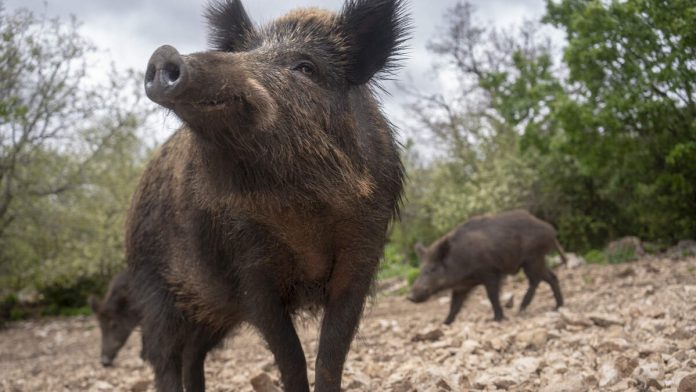In March, a wildlife trapper in Monterey County, discovered wild pigs with blue-tinged muscles and fat tissues. This unusual discoloration is due to exposure to diphacinone, an anticoagulant rodenticide often dyed to indicate its poisonous nature, according to the California Department of Fish and Wildlife.
The pigs were found eating directly from rodenticide bait stations, as reported by SFGATE. The contamination appears widespread across southern Monterey County and along the Salinas River. Despite a statewide ban on diphacinone for most uses in January 2024, agricultural operations still use it for pest control, creating ecological concerns.
The California Department of Fish and Wildlife’s lab tests confirmed the presence of diphacinone in the pigs’ liver and stomach contents. Dr. Ryan Bourbour, the agency’s pesticide investigations coordinator, warned hunters that game meat, such as wild pig, deer, bear, and geese, might be contaminated if the animals have been exposed to rodenticides.
A 2018 study found rodenticide residues in 8.3% of wild pig tissue samples and 83% of bear samples, primarily in animals from agricultural zones. Wildlife officials caution that this contamination could affect the food chain, as wildlife may consume poisoned prey. Hunters are advised not to consume meat from animals showing discoloration and to report unusual findings to the Wildlife Health Laboratory.

Recent Comments